

- Bring your own drinks
-
Wheelchair access
- Not wheelchair accessible
This is a groupmuse
A live concert in a living room, backyard, or another intimate space. They're casual and friendly, hosted by community members.
Host
Hi everybody,
I would like to invite you to my house concert/b’day party Sunday, Oct. 29 at 3pm. Your presence will be this year’s b’day presents.
I will be serving light fare so please BYOB. It would be great if you can make it!
Mark
What's the music?
J. S. Bach - Italian Concerto
Francis Poulenc - Three Pieces
Bela Bartok - Sonata
Claude Debussy Three Etudes
Where does this music come from?
The ever popular Italian Concerto of J. S. Bach, originally written for harpsichord with two manuals (keyboards), embodies the rhythmic exuberance and melodic inventiveness that define Bach as one of the greatest masters of music. The first and third movement display Bach’s penchant for ritornello style where the main theme is stated and subsequently returns repeatedly, often in fragments. The second movement is a florid arioso - a song-like movement utilizing speech-like patterns.
Francis Poulenc once famously exclaimed “Don’t analyze my music. Love it.” for his music is both witty and sophisticated. In Les cloches de Maline, one of Poulenc’s Nocturnes (night songs), tolling repeated notes can be heard under a doleful melody interrupted by a nightmarish interlude, while the style of Valse, a little gem with a modernistic twist, is unabashedly French. In Toccata or 'touch piece', Poulenc mixes percussive repeated-note figures, broken chords, and blurred pedal effects with his striking sense of lyric melody.
Written the same year as Piano Concerto No. 1 and Out of Doors Suite for his concert tours, the Sonata by Bela Bartok exploits the potentialities of percussive pianism, primal rhythms and peasant-like melodies. The first movement is a dance with a motor driven rhythm. The static harmonies and inert melodies of the second movement depict a stark, bleak, desolate landscape. The third movement, set in a kind of rondo-variation form, has the most ethnic flavor combining folk-like melodies and rhythms with percussive modernism.
The Twelve Études of Claude Debussy, his last compositions for solo piano, were completed in just two months after preparing a French edition of the Chopin Etudes, the dedicatee. Each etude confronts the pianist with a different devilishly difficult pianistic problem while displaying Debussy’s imaginative inventiveness. Pour les Agréments contrasts delicate cascades, carefree whistling tunes and sublime proclamations while pour les notes répétées, jaunty as a circus juggler, is a highly spirited and jovial creation. In pour les Arpèges composés, the colorful harmonic sense of Claude Debussy is in full bloom. Traditional arpeggios tinted with added notes as well as untraditional harmonies built with fourths and seconds fill this exquisite, heavenly etude.
-M.V.
Location
Exact address sent to approved attendees via email.
This is a groupmuse
A live concert in a living room, backyard, or another intimate space. They're casual and friendly, hosted by community members.
Host
Attendees
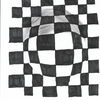


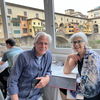


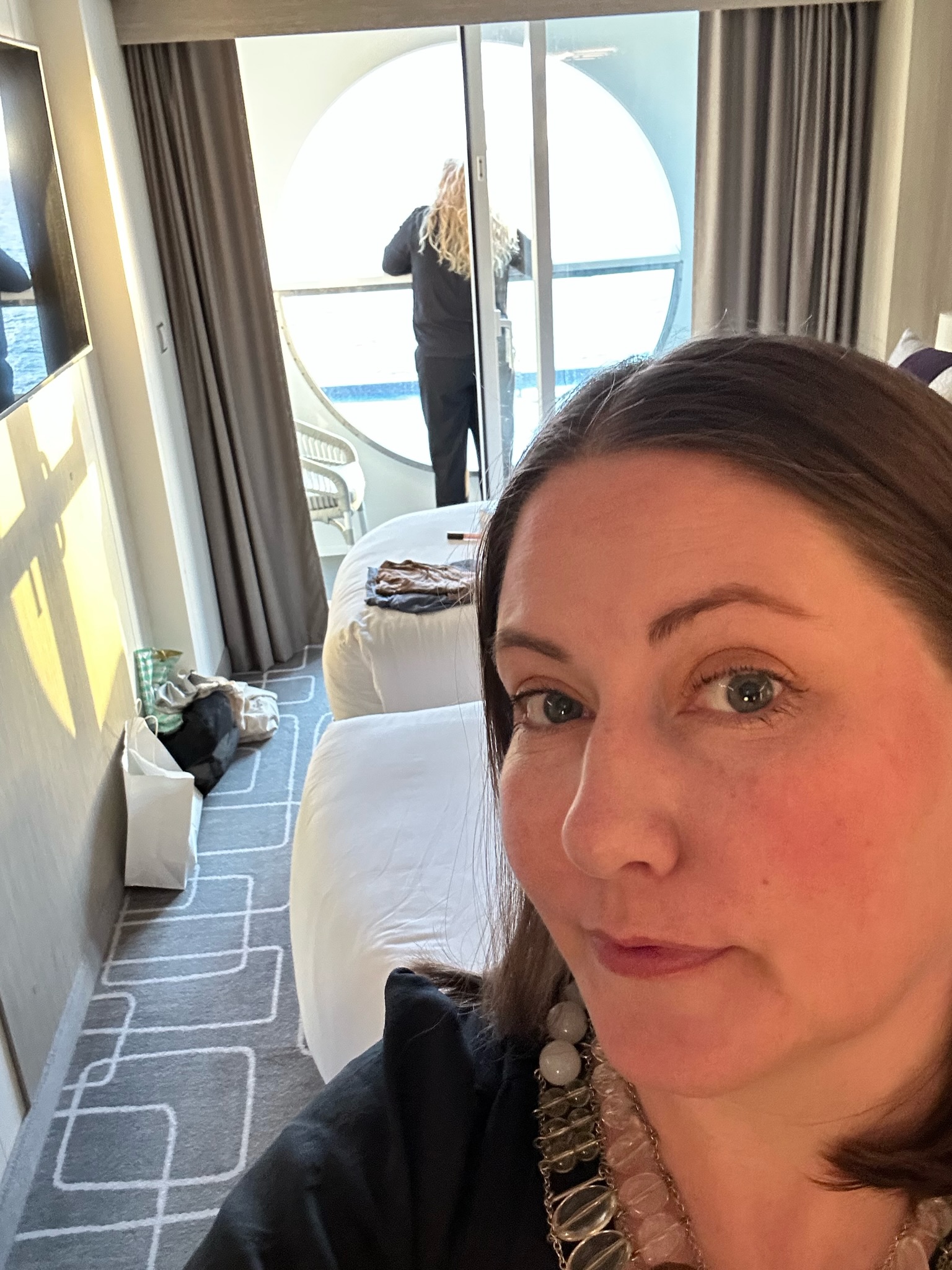


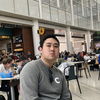
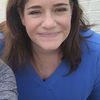

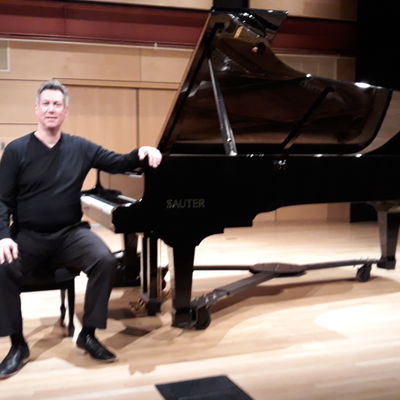
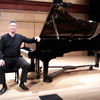
 Continue with Facebook
Continue with Facebook
 Continue with Google
Continue with Google
 Continue with Apple
Continue with Apple
Comments (1)
Comment sections are only for participants.